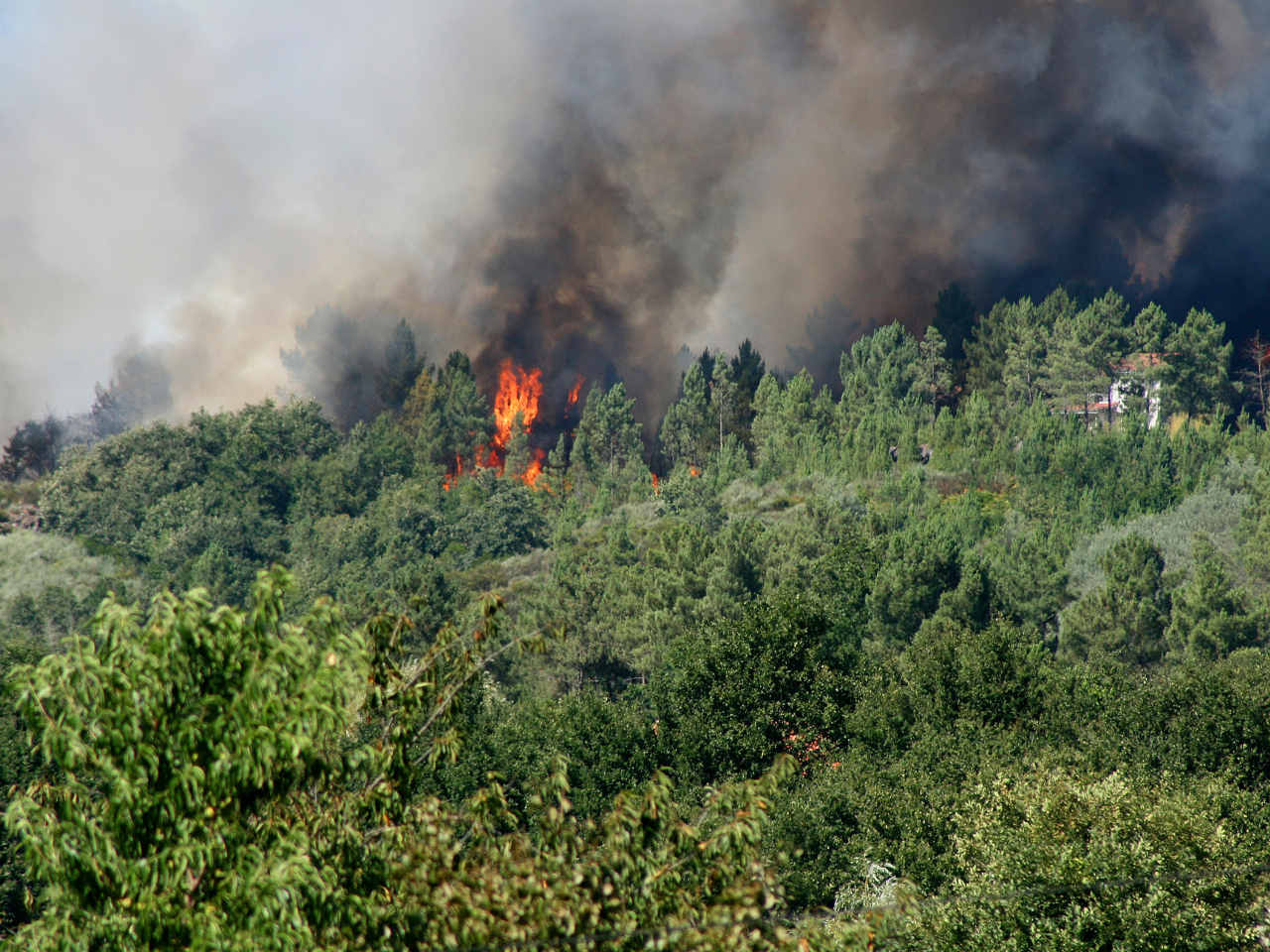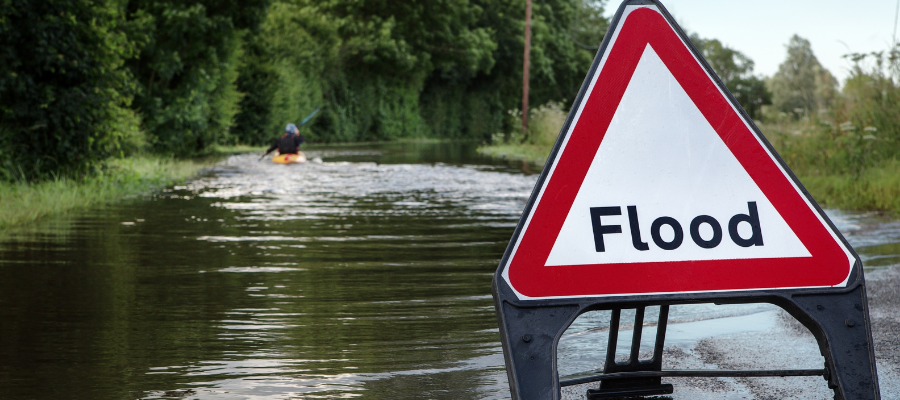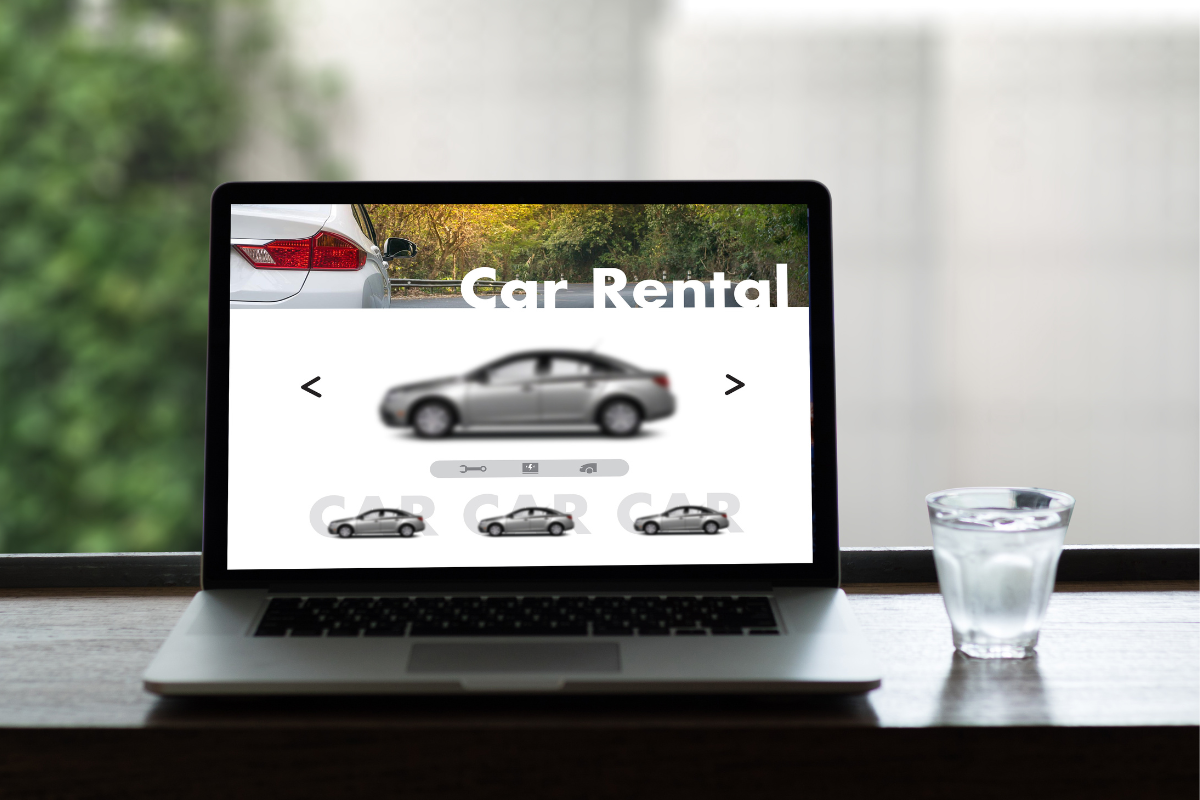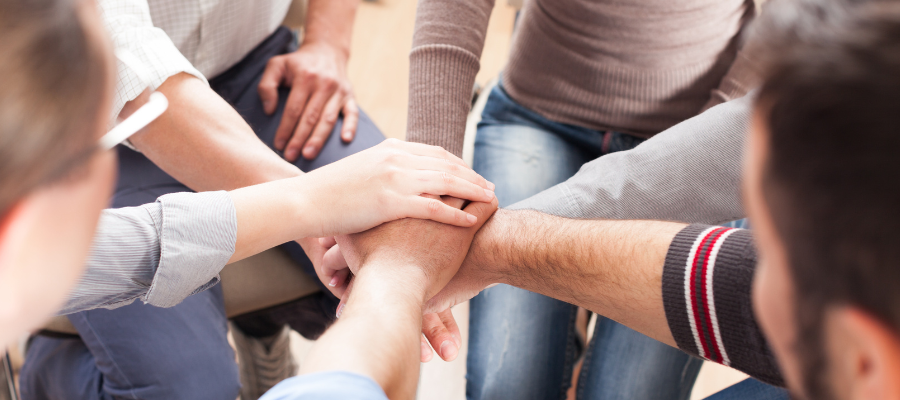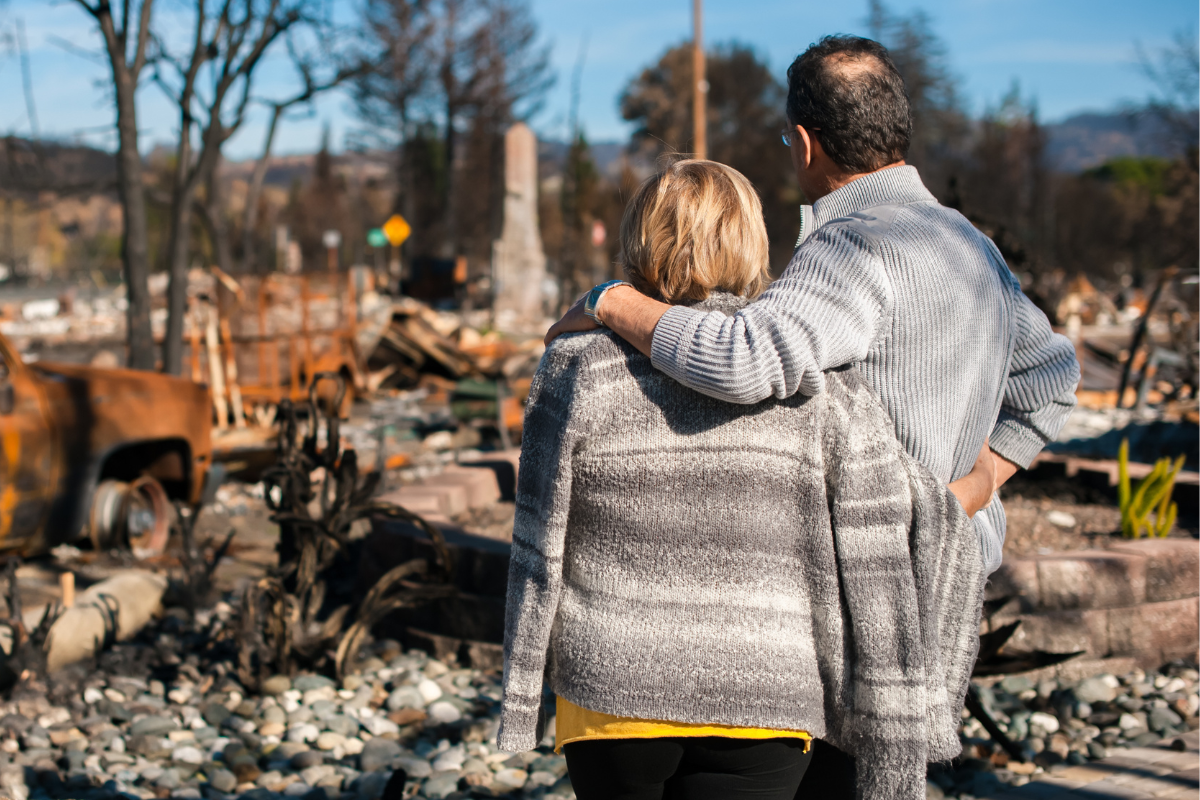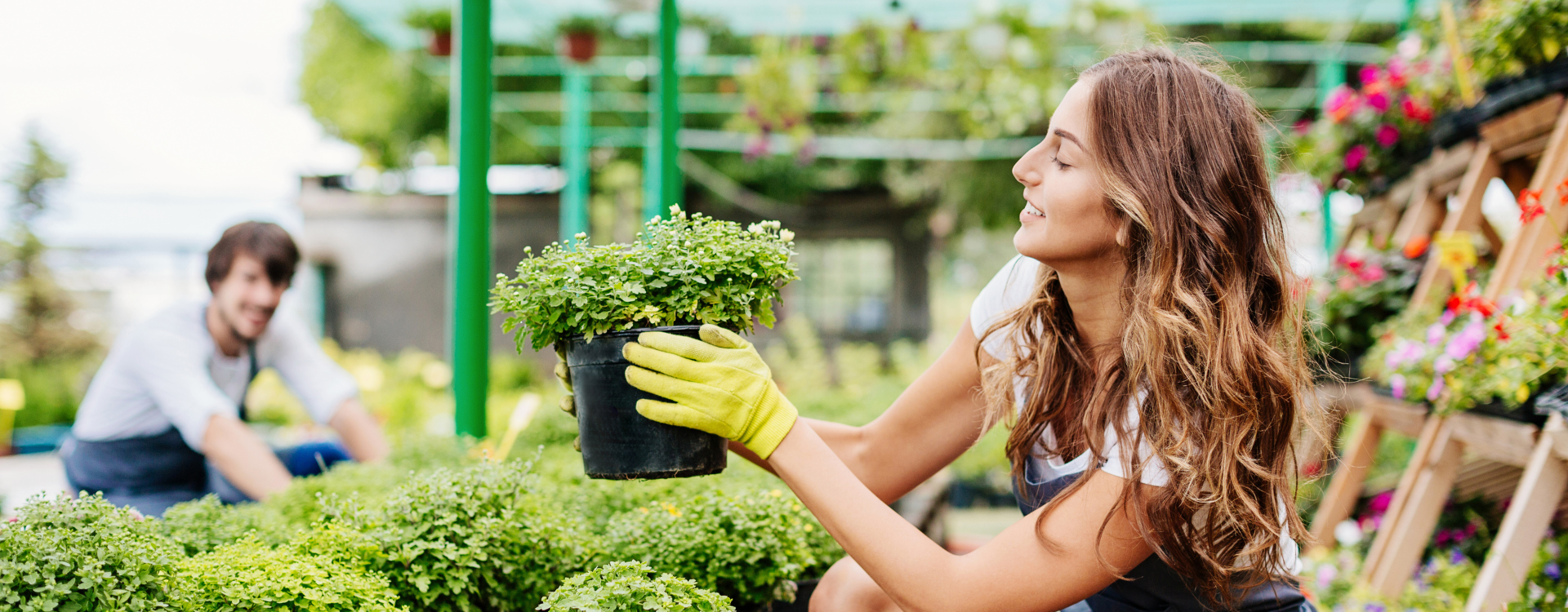How to prevent collisions with animals — and what to do when it’s too late
How to prevent collisions with animals — and what to do when it’s too late
This article was originally published on economical.com.
Thousands of animal-related collisions happen across the country every year. Not only do these accidents harm our wildlife, but hitting a large animal like a deer, moose, or elk can cause serious damage to your vehicle or — far worse — injuries or even death to you and your passengers. Learn how to prevent a collision with an animal before it happens, how to minimize injuries and damage to your vehicle if you can’t avoid a collision, and what to do if you’ve hit an animal.
How to avoid animal-related collisions
Animals can be unpredictable, and it’s not always possible to entirely avoid a collision when one crosses your path. The good news is, there are some things you can do to reduce your chances of being involved in an animal-related collision:
- Be aware of your surroundings. When you’re behind the wheel, keep your eyes on the road and perform regular mirror checks so you’re always aware of what’s going on around you. Be especially mindful of signs that animals may be nearby: Yellow wildlife warning signs are posted near the road, You’re driving in a heavily wooded area or near water like ponds, lakes, or rivers, You’re driving at dusk or dawn
- Light up the night. Whenever possible, use your high-beam headlights when travelling through poorly lit areas. But remember, you need to turn your high beams off when you’re approaching another vehicle.
- Watch for glowing eyes. Many animals’ eyes glow brightly when met with headlights. When you’re driving at night, scan the side of the road for the glowing eyes of animals that may be about to cross.
- Ask your passenger to be your co-pilot. If there’s someone in the passenger seat when you’re driving, especially at night, ask them to be a second pair of eyes and watch for signs of wildlife that may be getting too close for comfort.
- If you spot an animal on the road up ahead, slow down or try to stop your vehicle. Never assume that an animal will cross the road before you approach it — and if you see one animal cross, it’s safe to assume another will be close behind it. Check your rear-view mirror and apply your brake smoothly to slow down or come to a complete stop if it’s safe to do so. Animals can be unpredictable, so try not to get too close — instead, give the animal space to cross the road. You may also want to turn on your hazard lights to let other drivers know you’re slowing down.
How to stay safe and minimize damage if you can’t avoid a collision with an animal
While no one wants to hurt an animal, your actions should put your life and the lives of other drivers first. If you spot an animal on the road and you’re too close to safely avoid a collision, take these steps to lessen the severity of the impact:
- Don’t panic. Panicking often leads to swerving, but swerving can put your life and the lives of others on the road at risk.
- Quickly check your rear-view mirror. And, if it’s safe to do so…
- Hit the brakes. Put your foot firmly and evenly on the brake pedal.
- Ease up on the brake just before you come in contact with the animal. This can help prevent it from going through your windshield.
- Steer in the direction the animal is coming from if the coast is clear. If the animal is coming from the right, steer towards the right shoulder (but be careful to avoid hitting the guardrail or rolling into the ditch). This can encourage the animal to cross the road more quickly, which will minimize the impact if you do hit it — or you might get lucky and miss it altogether.
What to do after you’ve been in a collision involving an animal
Here’s what you should do when you’ve hit an animal with your vehicle:
- Regain control of your vehicle and pull over. Only pull over if and when it’s safe to do so.
- Turn on your hazard lights. This will alert other drivers so they slow down as they approach your vehicle.
- Check on your passengers. If anyone is hurt, call 911 right away.
- Try to determine if the animal is injured or dead. If it’s injured, keep your distance (injured animals can be unpredictable) and contact local animal control or conservation services. If the animal is dead, contact local highway maintenance services so they can come and collect it. You should also call 911 if the animal is blocking a live lane of traffic.
- Inspect your vehicle for damage and call for help if you need it. Call 911 if your vehicle is blocking traffic or is no longer safe to drive.
- Take photos of any damage to your vehicle and the scene of the accident. If you have to make a car insurance claim, this can help your insurance company process it.
- Call your broker or your insurance company’s emergency service line. Be prepared to provide as many details as you can to help your broker and insurance company process your claim as quickly as possible.
Does car insurance cover collisions with animals?
A collision with an animal would generally be covered under the comprehensive or all-perils section of your policy. Comprehensive coverage and all-perils coverage are optional, and if you don’t have either of them, damage to your vehicle caused by animals generally won’t be covered by your car insurance policy.
If you haven’t already, it’s a good idea to review your policy to make sure you have the right coverage to protect you in the event of a collision with an animal. While you’re at it, reach out to us if you have any questions or want to update your coverage.
Want to help other drivers steer clear of animal-related collisions, too? Share these tips on Facebook or Twitter.
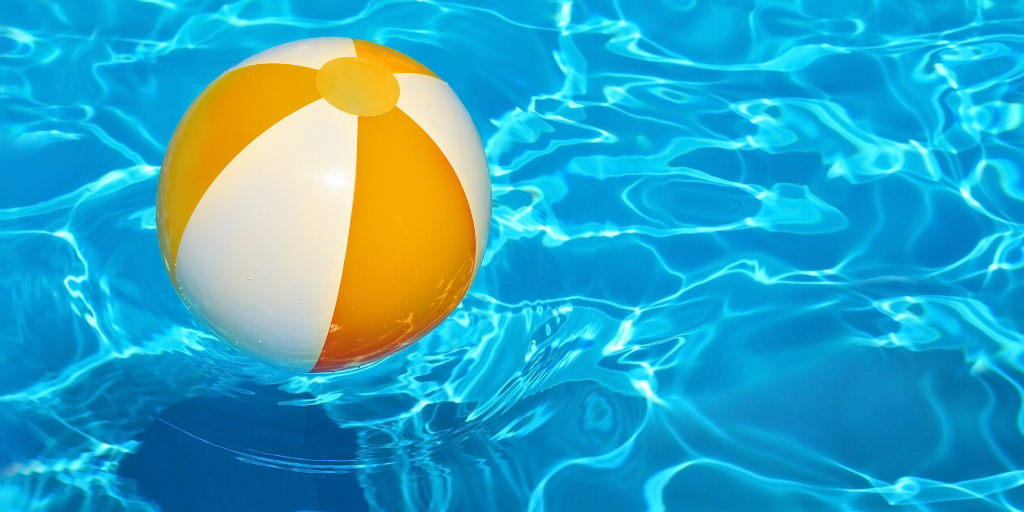
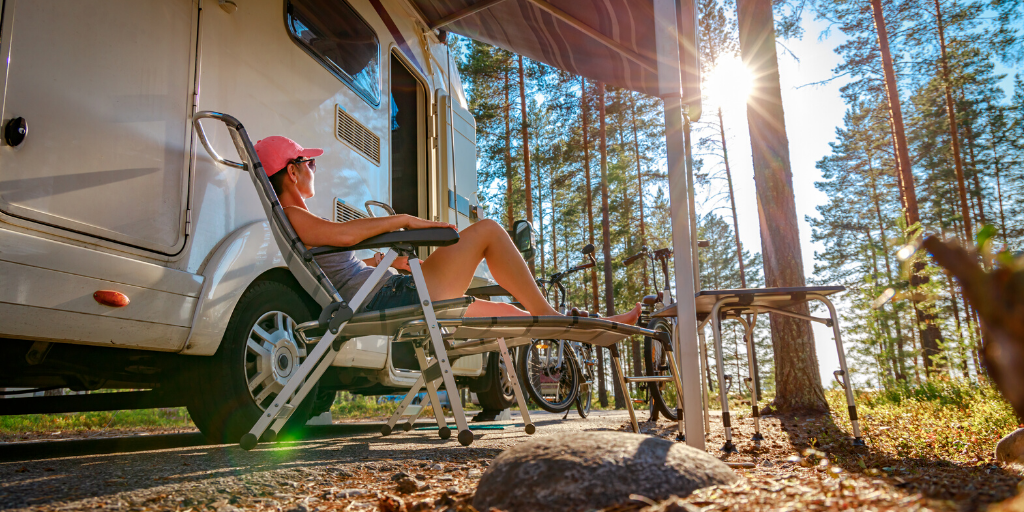
All Rights Reserved | Huestis Insurance Group



